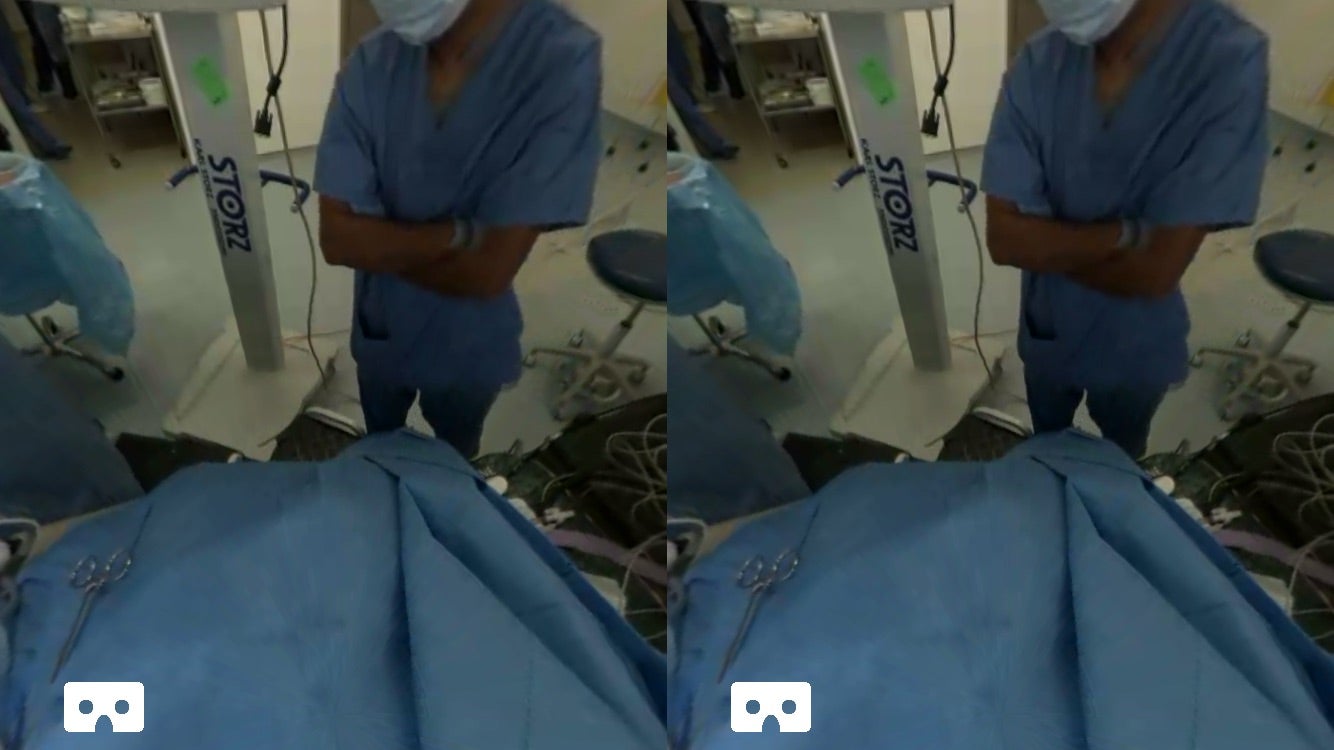The “world’s first virtual-reality surgery” forgot the virtual-reality part
In the days of yore, medical students could take their seats in operating theaters—which really were laid out like theaters—and watch surgeons perform delicate procedures from high above. But on April 14, for the first time ever, anyone with an internet connection was able to tune in to a surgery being broadcast live in virtual reality.


In the days of yore, medical students could take their seats in operating theaters—which really were laid out like theaters—and watch surgeons perform delicate procedures from high above. But on April 14, for the first time ever, anyone with an internet connection was able to tune in to a surgery being broadcast live in virtual reality.
At least, that was the claim.
Shafi Ahmed, a surgeon and co-founder of the company Medical Realities, performed a routine procedure on a patient in his 70s, removing a tumor from the man’s colon. While Ahmed and his team were at work in London, a camera mounted above the operating table recorded the whole thing in 360° to viewers around the world.
Medical Realities has billed this as the world’s first ”virtual reality” surgery, and a whole raft of other news outlets have repeated that claim verbatim (including some that should definitely know better). But this isn’t VR by any stretch of the imagination.
First, it’s real reality, not virtual; VR environments are computer-generated. Moreover, in VR you can usually move around the space and interact with objects in it, neither of which is possible in this case. You could download a smartphone app, VRinOR (iTunes or Android) to watch the broadcast immersively in stereo vision—but even that, it turned out, was false stereo, because the same image was being broadcast to each eye (see the screenshot above). We’ve contacted the company for comment.
That isn’t to say the idea isn’t cool, or useful. Ahmed hopes to use the technology to broadcast intimate views of more surgeries—not just for curious gawkers, but to better teach medical students in underserved places around the world. (Judging by today’s performance, though, he might need a camera with a better zoom for the images to be of teachable quality.) He told Wired, “Forget about the individual, forget about going somewhere and training two or three surgeons… If people can use an Oculus, or a Cardboard to witness surgery on their smartphones, you can do much greater good.”
All that is true and good. But calling it “virtual-reality surgery” when it was nothing of the sort makes it look like a naked attempt to build up hype. And it worked.